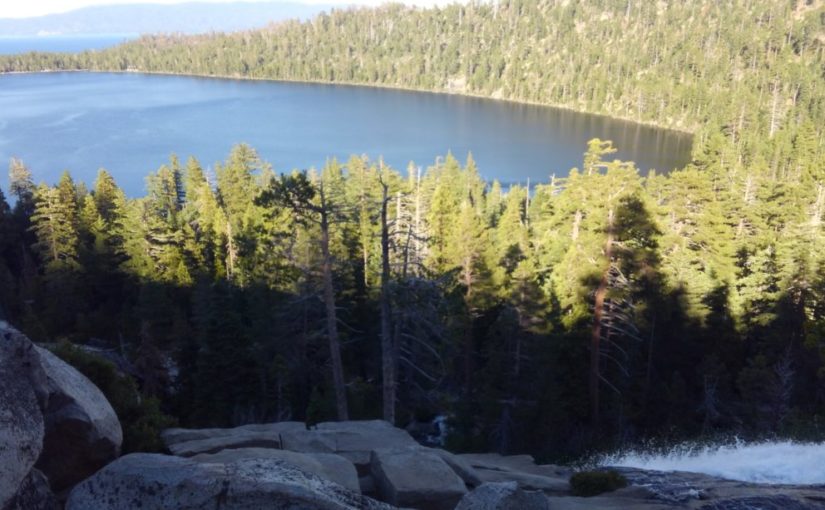-
Anahuac National Wildlife Refuge: Winter Birds
We spent the afternoon yesterday exploring a small part of Anahuac National Wildlife Refuge and the Trinity River area. The daily total was 29 species seen, for a total of 49 for the year so far, not a bad start towards my goal of 200 species for the year. I did not see the…
-
2017: Can You Do a Blue Wave Without a Pussy Hat?
2017 did not go the way I was expecting, at all. When it started out, I was moving along with the intentions I set forth the winter before: investing time in planning adventures with outdoorsy friends, working on growing my birding year list, trying new state parks with my family, hiking, camping, taking little trips…
-
The Swiss Spiritual Experience
It was eleven am on a Sunday morning in Lucerne, Swizterland, and church bells were calling across the city, drawing the faithful to the steps of Hofkirche St. Leodegar. A motion of energy, the click clack of women’s heels, the compulsion that led me to try to open the doors of every church I saw…
-
Cascade Falls, California

I found myself with some time to myself on the back end of a work trip to Reno, about 23 hours worth. I decided to use that time to explore the Lake Tahoe area, a place I had heard mentioned so many times but had never been. If you have never been, you should go.…

